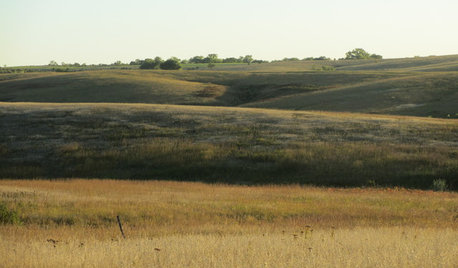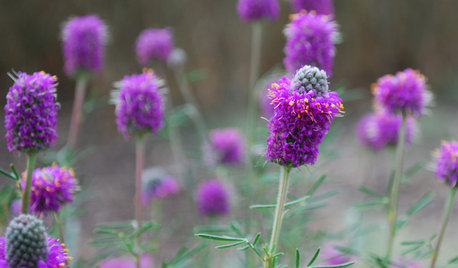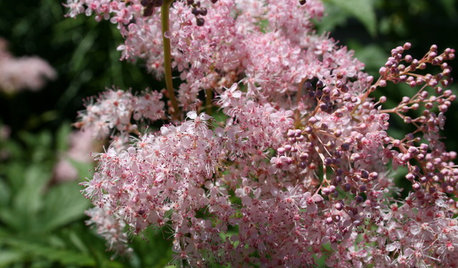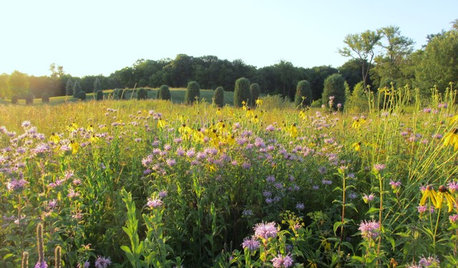prairie garden mess
laurpheus
13 years ago
Featured Answer
Sort by:Oldest
Comments (19)
lycopus
13 years agolast modified: 9 years agolaurpheus
13 years agolast modified: 9 years agoRelated Professionals
New Bedford Landscape Architects & Landscape Designers · Ashland Landscape Architects & Landscape Designers · Marina Landscape Architects & Landscape Designers · Panama City Landscape Architects & Landscape Designers · Rancho Palos Verdes Landscape Architects & Landscape Designers · Darien Landscape Contractors · El Sobrante Landscape Contractors · Garland Landscape Contractors · Gloucester Landscape Contractors · La Vista Landscape Contractors · Middleton Landscape Contractors · Saint Paul Landscape Contractors · Snoqualmie Landscape Contractors · Vadnais Heights Landscape Contractors · Liberty Decks, Patios & Outdoor Enclosureslavender_lass
13 years agolast modified: 9 years agoseamommy
13 years agolast modified: 9 years agolinaria_gw
13 years agolast modified: 9 years agolaurpheus
13 years agolast modified: 9 years agolinrose
13 years agolast modified: 9 years agomscotty12321
13 years agolast modified: 9 years agorufino
13 years agolast modified: 9 years agolaurpheus
13 years agolast modified: 9 years agoangela_duchesse
13 years agolast modified: 9 years agorhauser44
13 years agolast modified: 9 years agolaurpheus
13 years agolast modified: 9 years agoontnative
13 years agolast modified: 9 years agovincecurse
12 years agolast modified: 9 years agolaurpheus
12 years agolast modified: 9 years agolenahall
10 years agolast modified: 9 years agowisconsitom
10 years agolast modified: 9 years ago
Related Stories

GARDENING GUIDESHow to Get Your Prairie On
Have a field day with your landscape, even if you've got just a few modern containers on a paved path
Full Story
GARDENING GUIDESGreat Design Plant: Butterfly Milkweed, a Beacon in the Prairie
Vivacious orange flowers for you, nectar for the butterflies and bees. Asclepias tuberosa is worth planting for more reasons than one
Full Story
GARDENING FOR BUTTERFLIESGreat Design Plant: Purple Prairie Clover
Bees and butterflies and color, oh my! This cheery native perennial will energize your landscape
Full Story
GARDENING GUIDESGreat Design Plant: Discover Queen of the Prairie's Sweet Aroma
If you like the look of cotton candy and the smell of roses and want an easy perennial, you're in luck with this plant
Full Story
PETSDealing With Pet Messes: An Animal Lover's Story
Cat and dog hair, tracked-in mud, scratched floors ... see how one pet guardian learned to cope and to focus on the love
Full Story
MOST POPULARA Fine Mess: How to Have a Clean-Enough Home Over Summer Break
Don't have an 'I'd rather be cleaning' bumper sticker? To keep your home bearably tidy when the kids are around more, try these strategies
Full Story
HOUSEKEEPINGHow to Relax and Put Housework in Its Place
If household disarray is making you stressed and unhappy, try approaching it with a different point of view
Full Story
HOUSEKEEPINGTackle Big Messes Better With a Sparkling-Clean Dishwasher
You might think it’s self-cleaning, but your dishwasher needs regular upkeep to keep it working hard for you
Full Story
MOST POPULARHow to Finally Tackle Your Closet's Critical Mess
It can be tough to part with reminders of your past, but your closet needs space for who you are today
Full Story
GARDENING GUIDESWhat Prairies Teach Us About Garden Design
Wild spaces offer lessons for home gardeners about plants, pollinators and the passage of time
Full Story





greenhaven